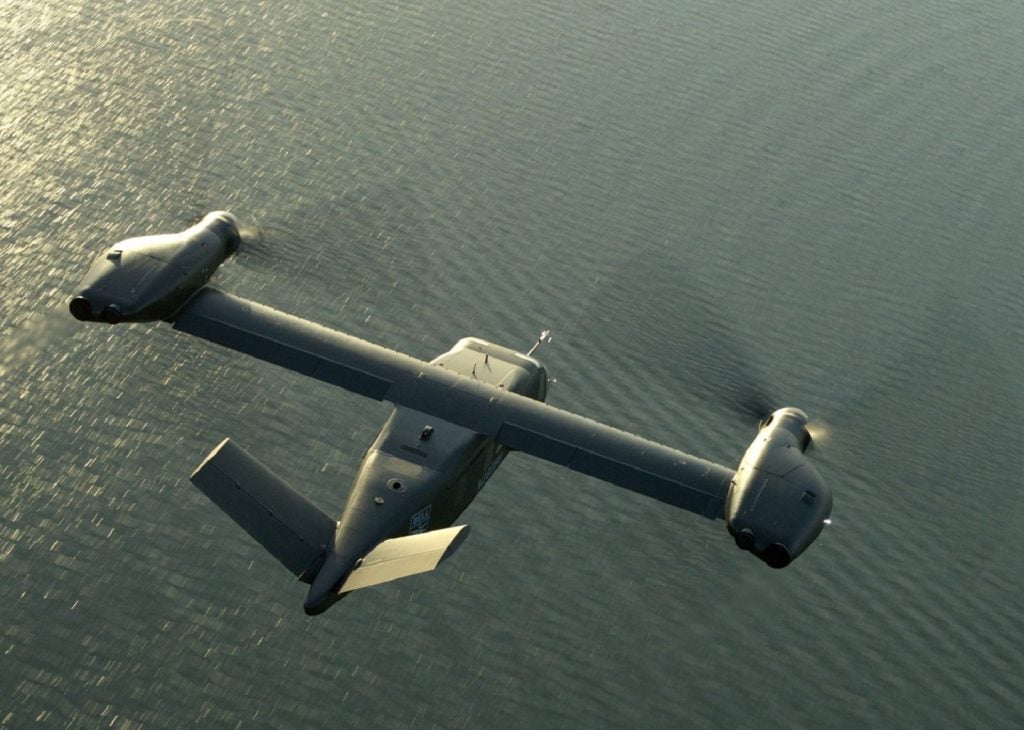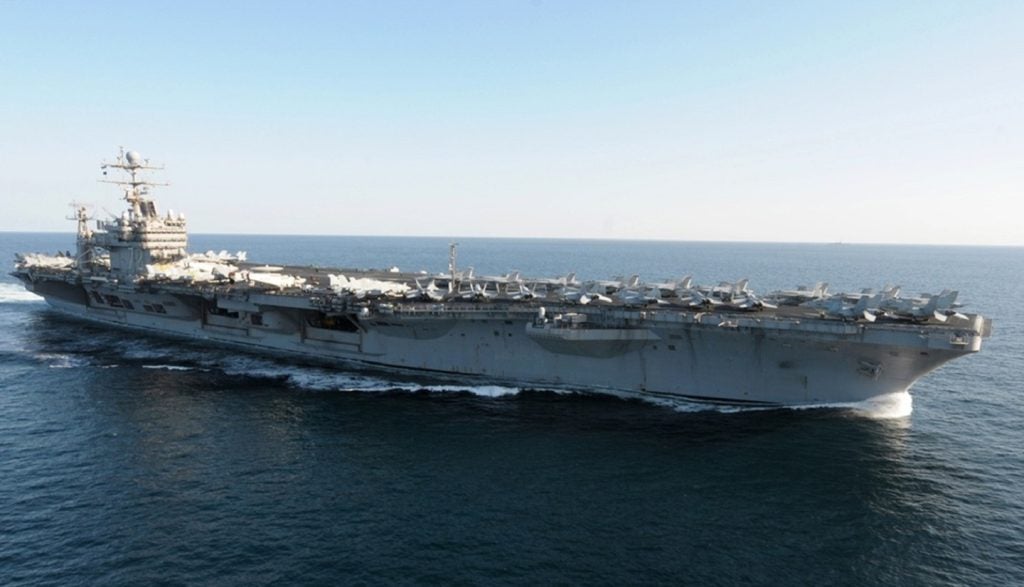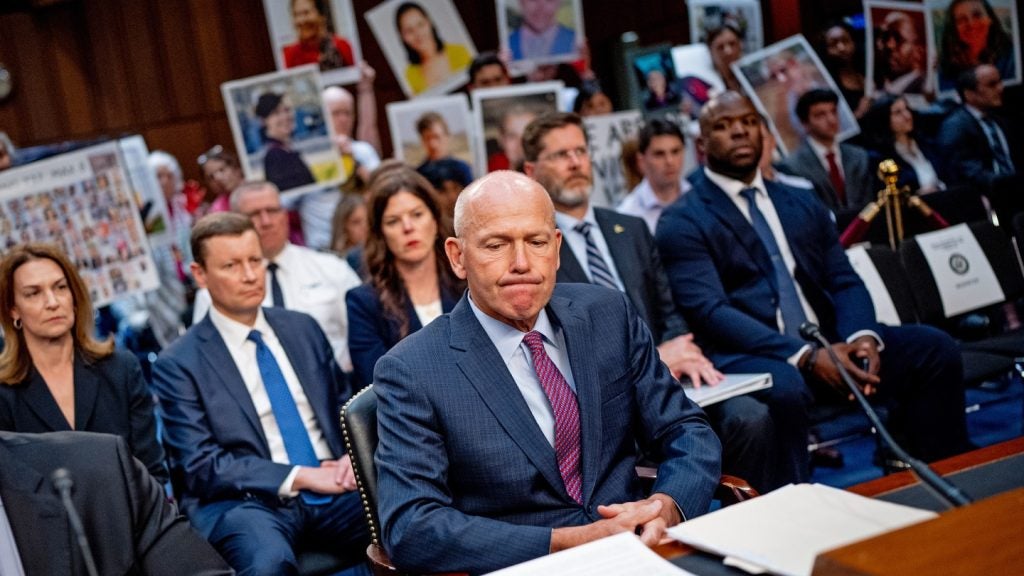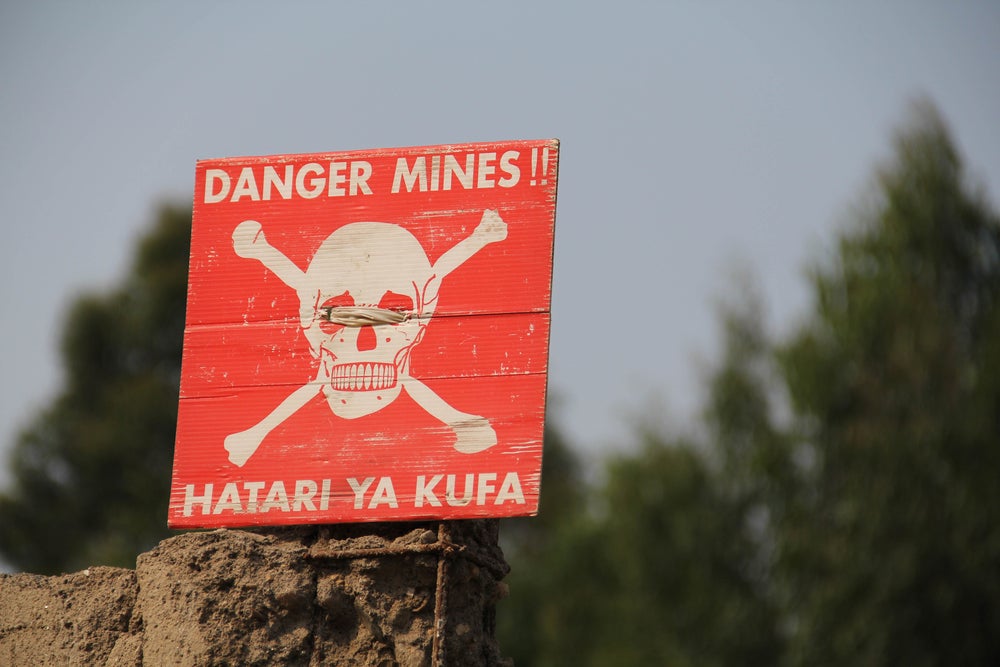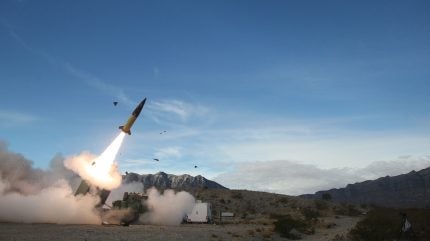
The US has opted to continue the prohibition of the use by Ukraine of Army Tactical Missile System (ATACMS) munitions in deep strike operation inside Russia in a bid to avoid “escalation”, according to a US Department of Defense (DoD) spokesperson.
The reaffirming of the stance by the US, through the DoD spokesperson on 12 July, came less then 24 hours after Ukrainian President Volodymyr Zelenskyy called for the ability by Ukraine to utilise long-range strike munitions against military targets deep inside Russian territory.
Despite being the single largest contributor of weaponry to Ukraine, the US has consistently held back from being the first to donate weapons that could be considered escalatory, from main battle tanks (first sent by the UK), to long range missiles (first sent by the UK and France), and even F-16 fighters, where once again European countries have shouldered the burden.
Ukraine eventually received a number of ATACMS munitions from the US, following strident opposition from within the Biden administration, keen to avoid being seen to, in its own terminology, escalate in the provision of high-end military capabilities to Kyiv.
It was only after the US and UK first approved the provision of Storm Shadow/SCALP cruise missiles that Washington relented to permit ATACMS to be sent to Ukraine.
Speaking on 12 July, a US DoD spokesperson said that the Pentagon was “always mindful of escalation”, which appears to be the primary reason for the current ban on long-rang strikes by Ukraine inside Russia using ATACMS.
“[US President Joe Biden] spoke to this directly [on 11 July], our policy has not changed,” the DoD spokesperson said. “Right now, we have not authorised the use of ATACMS for deep strike capabilities within Russia.”
The spokesperson added that the US did allow Ukraine to conduct cross border strikes when Russia itself was attacking from the other side of the shared border – without stating the munitions used – which “could expand into other areas”.
Zelenskyy makes the case for ATACMS strikes
The impasse came at the end of the Nato Summit, held in Washington, during which the US and its allies made great public play to support Ukraine in its fight against Russia. However, key weapons, according to Zelenskyy, are either not being utilised to their fullest potential due to restrictions placed on their use by donors, or else long delayed in arrival.
In the post on social media platform X on 11 July, Zelenskyy stated that “ATACMS, SCALPs, and Storm Shadows would be even more effective if we could hit Russian military airfields from which planes carrying the glided bombs take off”.
Continuing his post, which was directed towards Nato member states, Zelenskky said that it was “only fair to destroy those military bases that are attacking us and killing our people”, emotively putting the case forward for a loosening of US and allied restrictions.
“Each of you would defend yourselves in the same way. We need this permission from our partners, and most importantly – from the United States,” Zelenskyy stated.
Ukraine hamstrung by US restrictions
Effectively, Ukraine is hamstrung by an inability to conduct the kind of long-range strike on Russia, that Russia itself is conducting on Ukraine. In doing so, Washington is making a conscious choice to provide equipment and capability enough to prevent a Ukrainian defeat but, through operational restrictions, make the likelihood of a victory by Kyiv a distinctly remote chance.
In military terms, Ukraine appears able to defend the frontlines, with Russia making tactical gains in its summer offensive.
However, without the ability to strike into Russia to hit key airfield and military logistics nodes, Ukraine will be unable to degrade Moscow’s military to determine favourable conditions for a future ceasefire or peace treaty.
With Kyiv continuing to be denied capabilities it says are required to win the war against Russia, which has resulted in hundreds of thousands of military and civilian deaths, an end to the brutal conflict is still distant.




